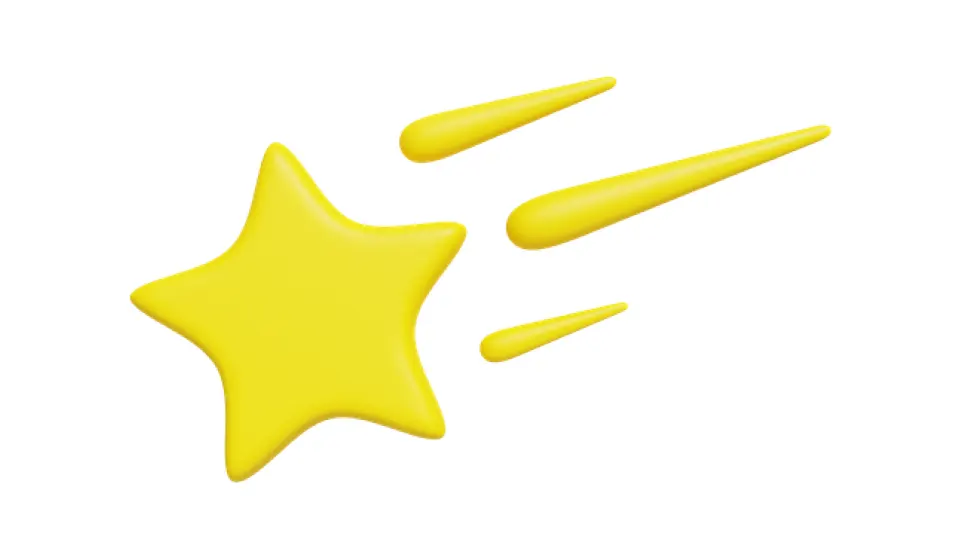Just like the fashionistas eagerly await the autumn/winter runway reveals, us digital design geeks are counting down to the biggest announcements in app UI UX and web trends for 2025. What’s the hot new color palette? Are gradients still in? And, most importantly, which UX UI services are about to redefine how we interact online? Spoiler alert: 2025 is shaping up to be a bold mix of innovation, practicality, and a dash of eco-consciousness. Whether it’s UX design for app experiences or websites morphing into personalized hubs, these trends promise to keep the web stylish and sustainable.

1. AI-Powered Personalization: The Web Adapts to You
Artificial Intelligence has graduated from just chatbots to a starring role in web design. In 2025, AI-driven personalization means websites aren’t static; they’re dynamic, adapting to each visitor. AI algorithms tweak content, layouts, and even color schemes based on your preferences and behavior. Picture a site that feels like it “gets” you, tailoring its vibe whether you’re grinding through work or unwinding with leisure browsing.
2. Immersive 3D Experiences: Bringing Depth to Design
Say goodbye to flat pages—3D elements are adding literal depth to web design. With faster browsers and optimized graphics, 3D visuals are smoother, more interactive, and ridiculously engaging. Imagine virtual stores, interactive product showcases, or simulations that keep visitors glued. These aren’t just websites anymore; they’re portal-like experiences—VR vibes, no headset required.
3. Sustainable Web Design: The Green Revolution Goes Digital
Sustainability is finally hitting the web. Designers are trimming the fat: optimizing code, choosing eco-friendly hosting, and ditching resource-hogging visuals. The result? Faster, lightweight sites that sip server power instead of guzzling it. With these green tweaks, every click counts toward saving the planet.
4. Voice User Interfaces (VUI): Hello, Voice-Activated Browsing
Talking to your tech isn’t new, but in 2025, it’s taking over the web. Websites are jumping on the voice bandwagon, integrating voice search and controls. Whether you’re multitasking or just tired of typing, VUIs are making online navigation hands-free and more accessible for everyone. Just say the word.
5. Adaptive and Responsive Typography: Fonts That Follow Your Lead
Typography isn’t static anymore—it’s living, breathing, and adapting. Fonts now flex to fit screen sizes, user preferences, and even ambient lighting. With variable fonts, aesthetics and readability aren’t at odds; they’re in perfect harmony. Whether you’re on a jumbo monitor or a tiny smartphone, text will look sharp and stay easy on the eyes.
6. AR and VR Integration: A Mixed Reality Future
Augmented and Virtual Reality are breaking into web design like never before. Imagine virtually trying on clothes, previewing furniture in your living room, or touring properties—all without leaving the site. AR and VR aren’t just flashy tricks; they’re practical tools that connect digital browsing to real-world decision-making.
7. Minimalist and Brutalist Aesthetics: Bold Simplicity
In a world drowning in information, minimalist and brutalist designs cut through the noise. Minimalism focuses on function with clean lines, whitespace, and bold typography. Brutalism takes it up a notch, with raw, industrial vibes that ditch frills for pure function. Together, these styles deliver web experiences that are sleek, striking, and refreshingly direct.
8. Accessibility and Inclusive Design: Web Design for Everyone
Inclusivity is no longer a “nice to have”—it’s a must. Designers are building websites with accessibility in mind, adding features like screen reader support, keyboard navigation, and color contrast adjustments. This isn’t just a trend; it’s the new baseline, making sure the web works for everyone, regardless of ability.
The Bottom Line: A Dynamic, Responsible, and User-Centric Web
If the web were a blockbuster movie, 2025 is its summer sequel: bigger, greener, and more immersive than ever. From AI tailoring content to fit your mood to 3D designs that feel like you’re stepping into another dimension, web design is leveling up in ways that are both jaw-dropping and practical. For app developers and UX UI services providers, these trends aren’t just predictions—they’re marching orders to build a web that’s inclusive, responsible, and utterly engaging. The bottom line? The future of UX design for app and web isn’t just bright—it’s downright dazzling.



